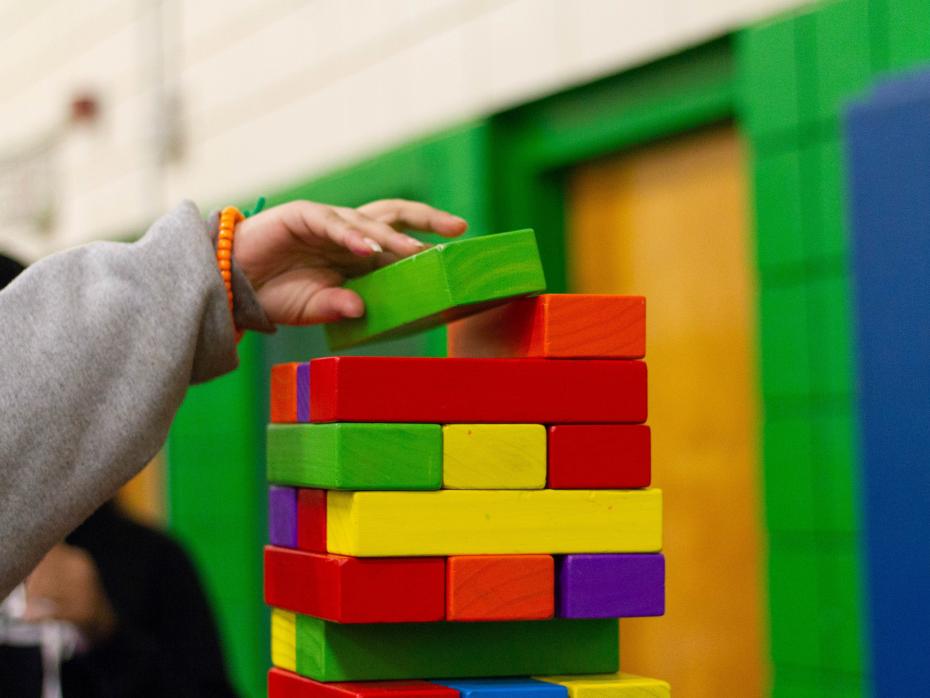With 2030 inching ever closer, there is still much work to be done towards the UN’s Sustainable Development Goals, and everyone in the higher education sector needs to play a part. And contrary to popular belief, learning the goals off by heart or liking Instagram posts on sustainability isn’t going to do much. It’s time to skip the reel and get real.
To integrate the SDGs into our daily lives and make a real impact, we must promote innovation and sustainability, and empower future leaders. Most institutions have the Eco Club, the volunteering committee and Go Green initiatives. But what about the students who do not participate in such extracurricular activities? What about the ones who would rather play chess than ponder over sustainable energy sources? Chess is a great game, but we need all hands on deck to achieve the SDGs.
The answer is simple: Remove the extra in extracurricular.
- Spotlight collection: a greener future for higher education
- Bring the SDGs into the classroom through role play and gamification
- How to teach through the lens of the Sustainable Development Goals
To ensure that every individual in a higher education institution contributes to sustainability – not just those involved in extracurriculars – we propose the SCORE framework:
- Select goals
- Create targets
- Organise credits
- Review progress
- Evolve
The SCORE framework is a structured and goal-oriented approach to address the SDGs and work out the tailored call to action for all higher education institutions. Simply put, it is how we intend to score (pun intended).
Step 1: Select goals
With 17 different goals addressing a vast range of issues, each institution picks out relevant goals to work on. For example, a medical institution could work on Goal 3: Good Health and Well-Being, Goal 4: Quality Education, and Goal 6: Clean Water and Sanitation (among others, based on the institution’s strengths and expertise).
Step 2: Create targets
Start by integrating simple, awareness-based tasks, leading up to more complex, problem-solving projects. For instance, Semester 1 could focus on Goal 3 (Good Health and Well-Being) through awareness sessions, followed by projects addressing health challenges in the local community.
Step 3: Organise credits
You may be thinking that the participation problem remains. Many students would still choose chessboards over tackling the SDGs. That is why we introduced the concept of credit hours for sustainability projects. These can be variable based on the nature and intensity of existing courses, but they should contribute towards the student’s final score (again, pun intended).
Step 4: Review progress
Where it is essential to get going, there is also a need to keep going. Achieve this with periodic progress reports and analysis, and incentives at each checkpoint. This will hold students accountable while also keeping them motivated.
Step 5: Evolve
The world is rapidly changing, and while Goal 3 will still be called Good Health and Well-being a year later, the priorities may change from when the targets were set in step 2. Institutions should be flexible with their initiatives and adjust to goals and actions as new challenges emerge. This can be done by regularly reviewing global and local sustainability challenges, involving students in adaptive planning and allowing room to pivot as needed.
The SCORE framework not only benefits students, it helps faculty contribute to sustainability efforts, by creating customised plans for institutions. To further bring the SCORE framework to life, here are two practical ways to engage students in sustainability efforts:
- SDG bingo card: Students receive a bingo card with sustainability tasks related to each SDG. For example, for SDG 7 (Affordable and Clean Energy), students need to survey classrooms to identify energy-saving opportunities.
- SDG ambassadors: Appoint students in leadership roles, with the aim of raising awareness and coordinating sustainability projects. Each ambassador focuses on a specific SDG, driving initiatives and building partnerships with local organisations.
Where curricular integration of sustainability is not immediately possible, another approach could be to integrate an extra point for sustainability in projects and assignments. This will foster a culture of awareness and responsibility among students. By incorporating sustainability into the core of their learning experience, students will begin to critically analyse their proposals through that lens, rather than viewing it as an isolated goal they are required to chase.
For example, in a project focused on healthcare innovation, students could be asked to consider not only the clinical efficacy of their proposals but their environmental and social impacts. They might investigate the carbon footprint of certain medical technologies, or how resource-efficient their proposed interventions are. This approach encourages them to think holistically about the broader implications of their work.
The SCORE framework provides a structured way for universities to integrate sustainability into everyday learning, fostering a new generation of leaders who approach their work through the lens of sustainability. By embedding these values into both curricula and projects, we can transform sustainability from a mere checklist into a core guiding principle, shaping how future generations approach all aspects of their professional and personal lives.
Mariam Shadan is assistant professor in biomedical sciences and Yusra Idrees is an undergraduate student, both at Dubai Medical College for Girls.
If you would like advice and insight from academics and university staff delivered direct to your inbox each week, sign up for the Campus newsletter.




comment1
(No subject)